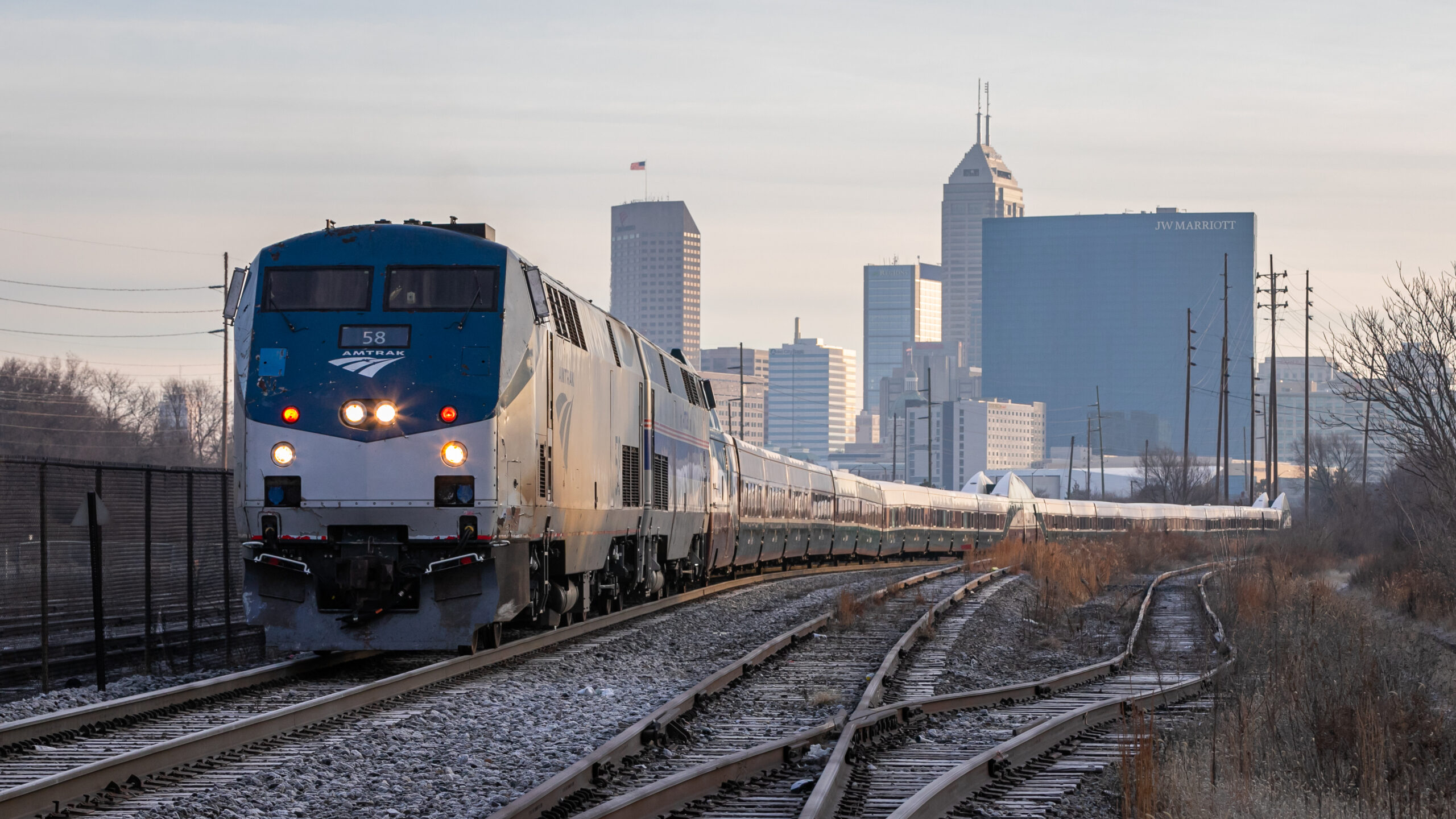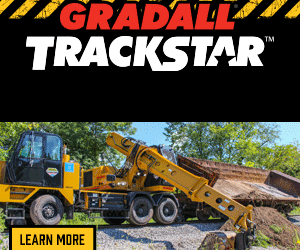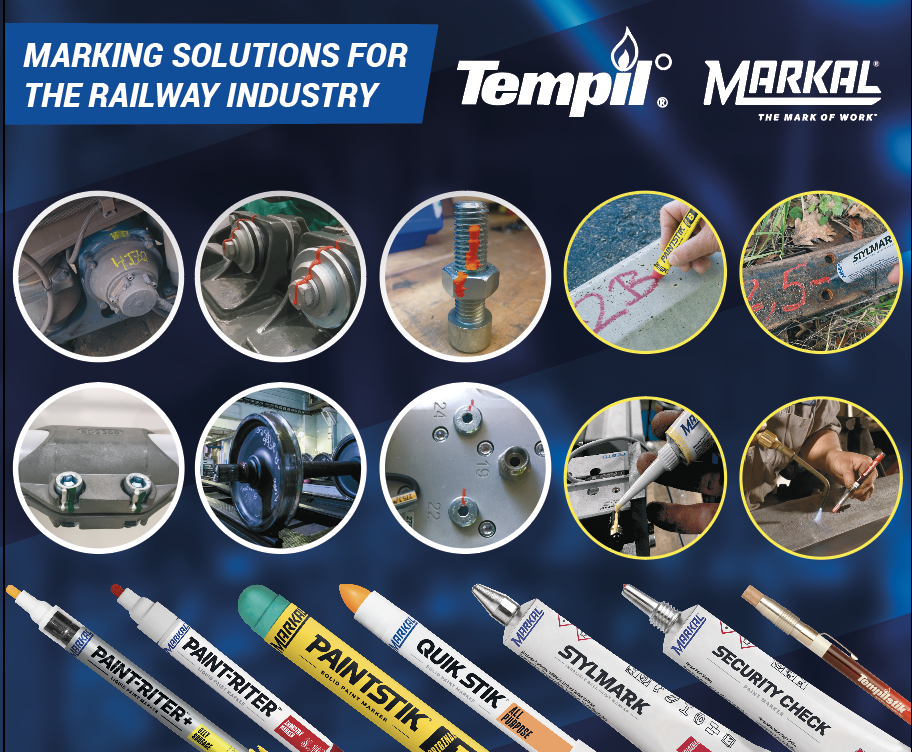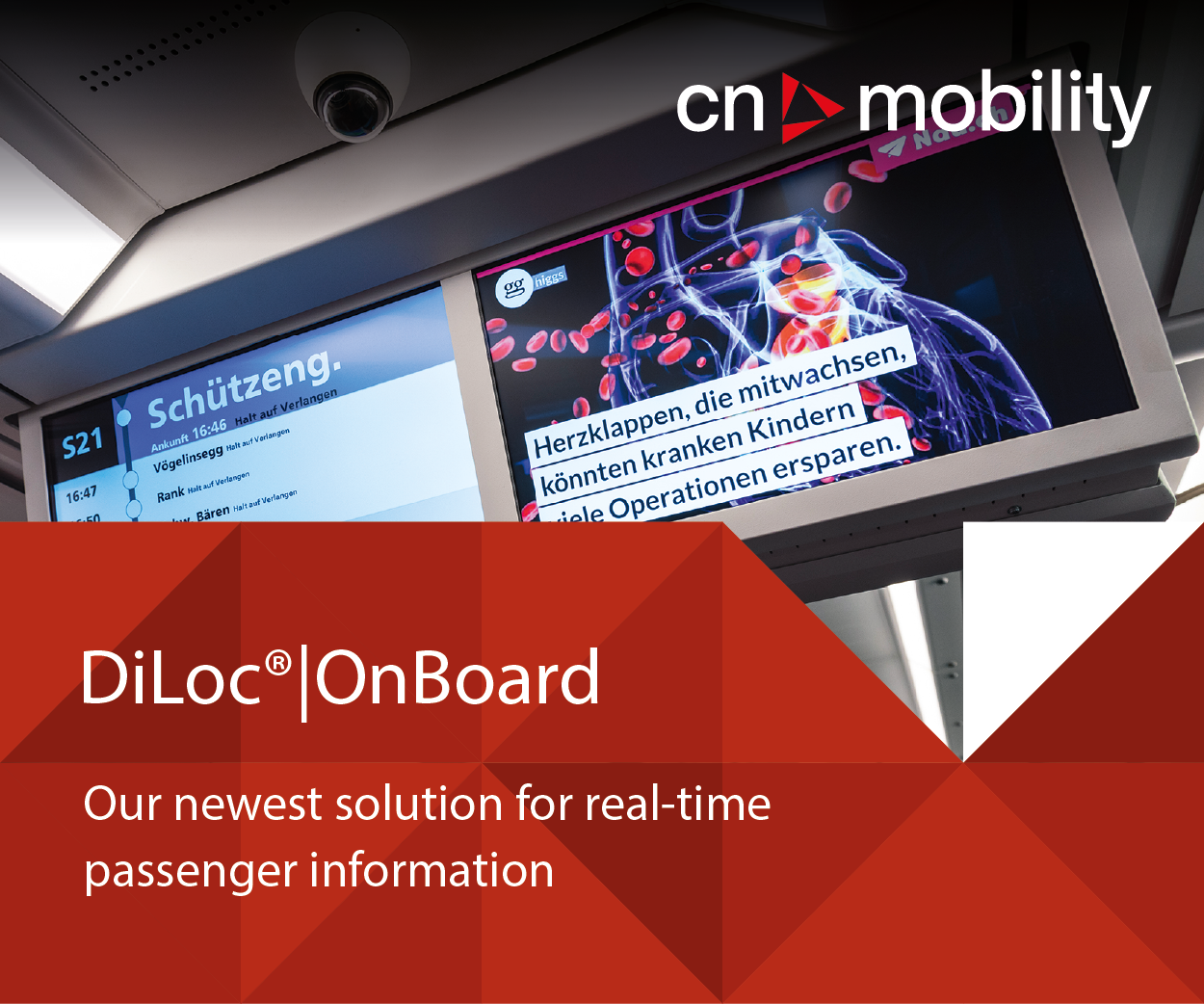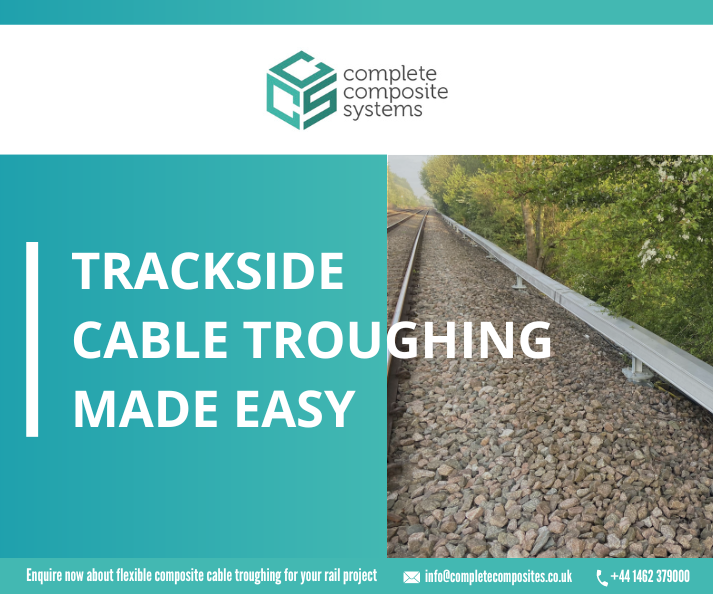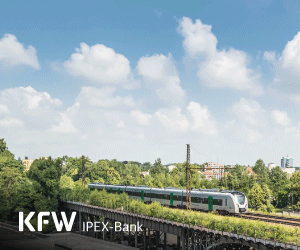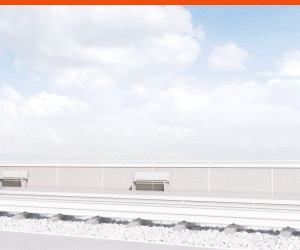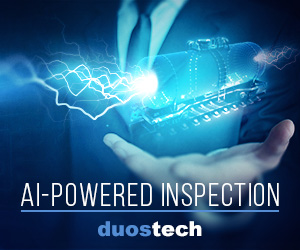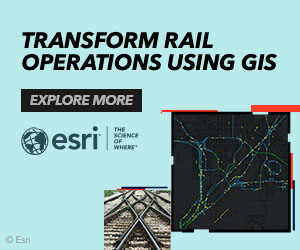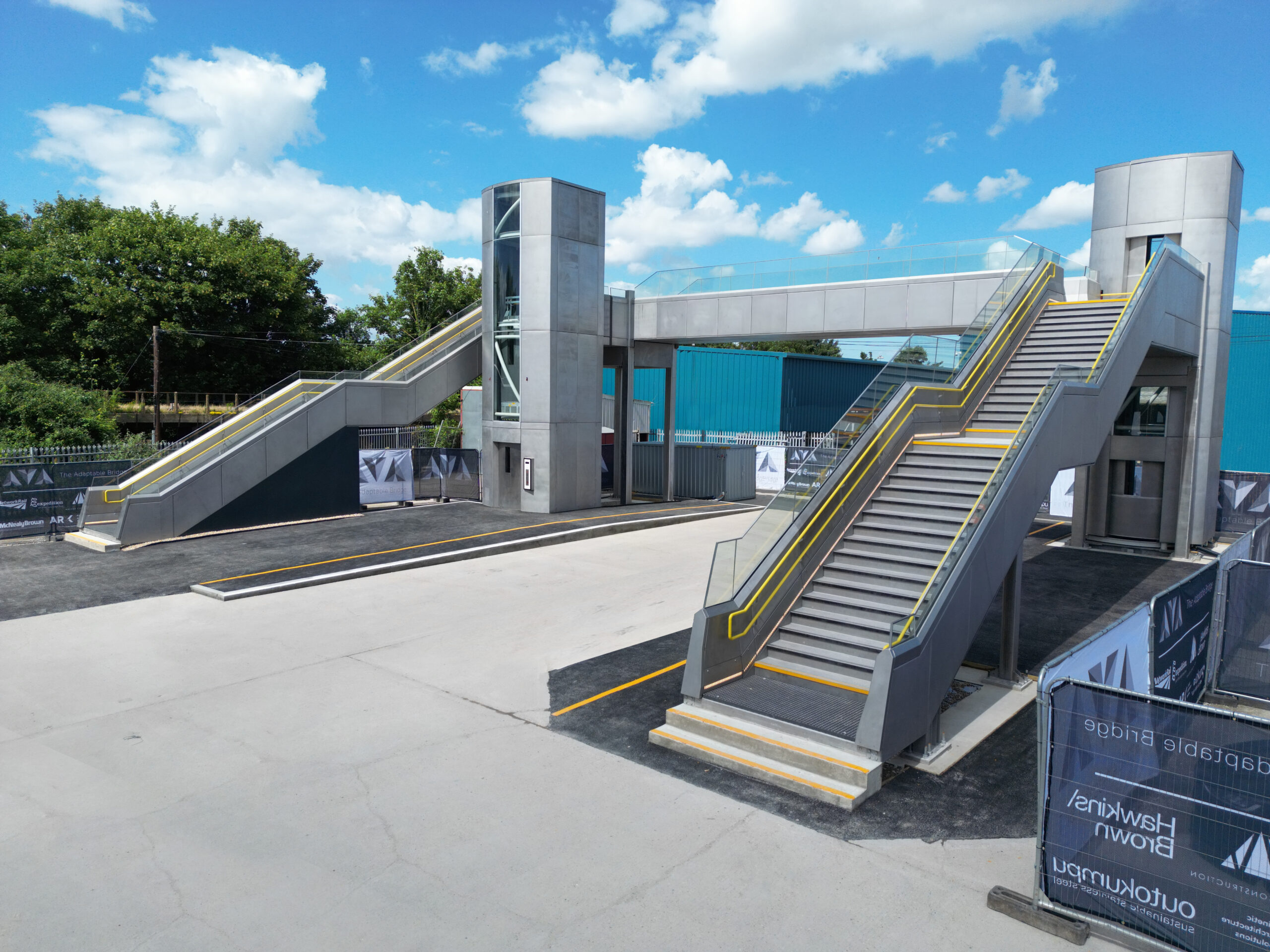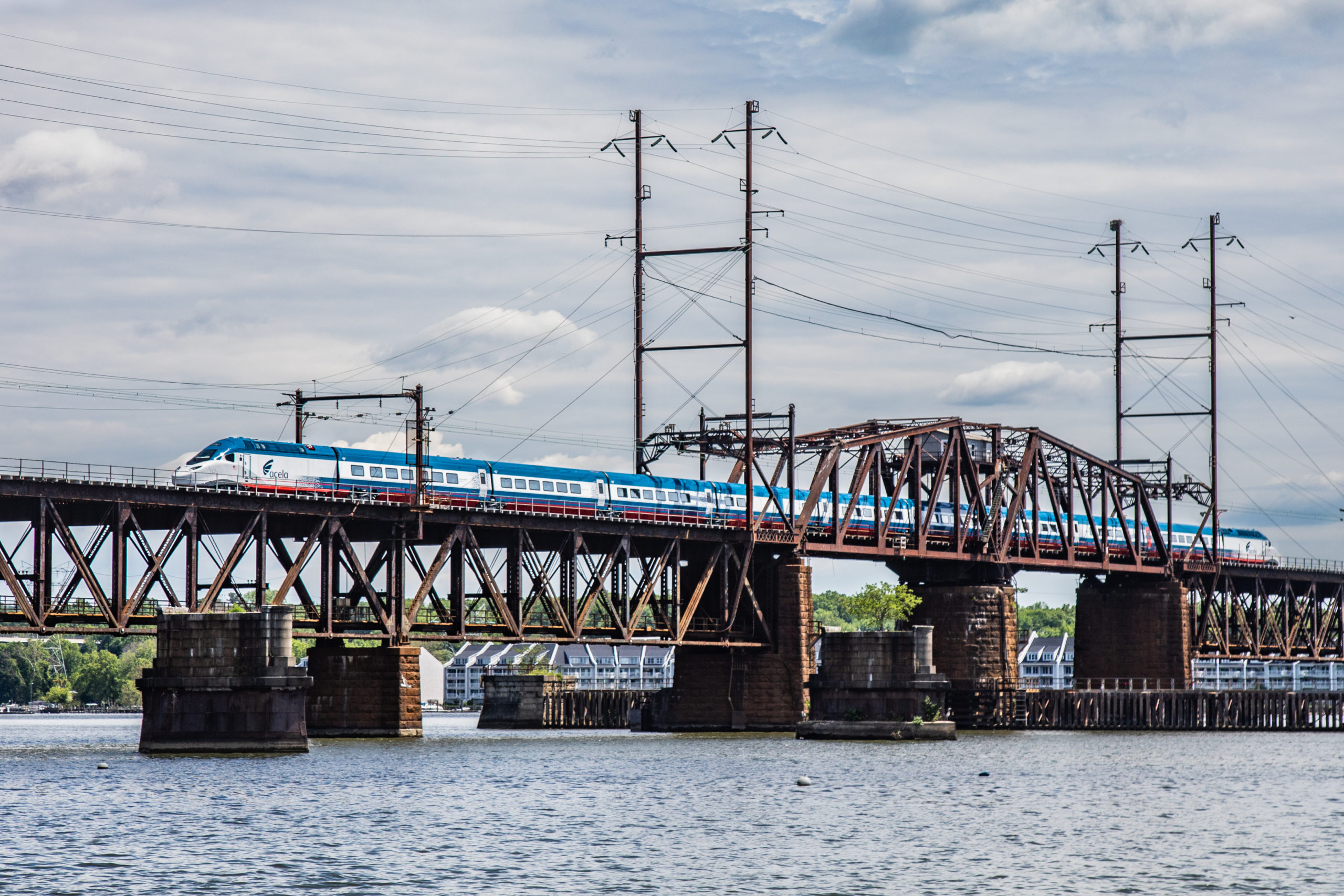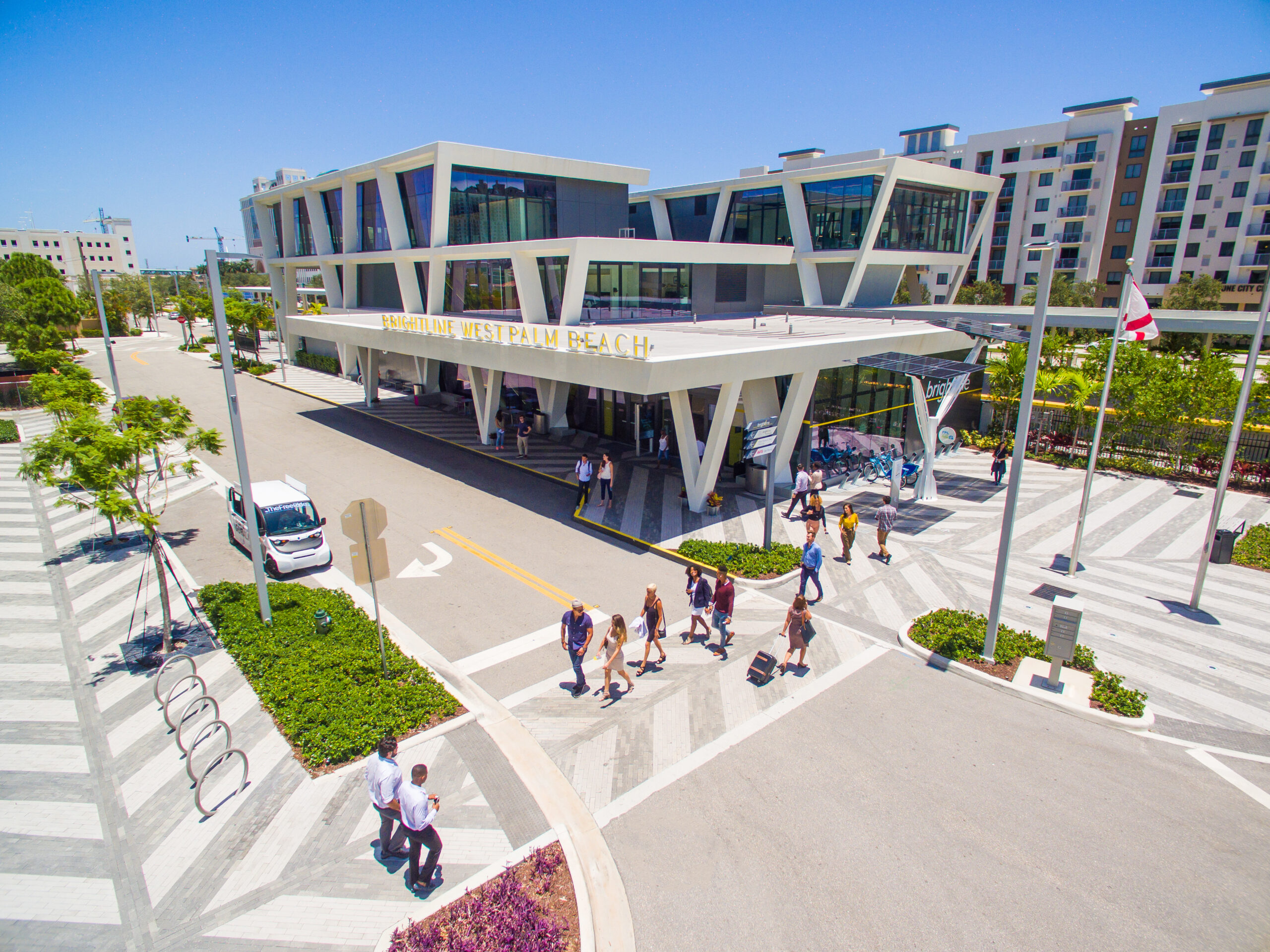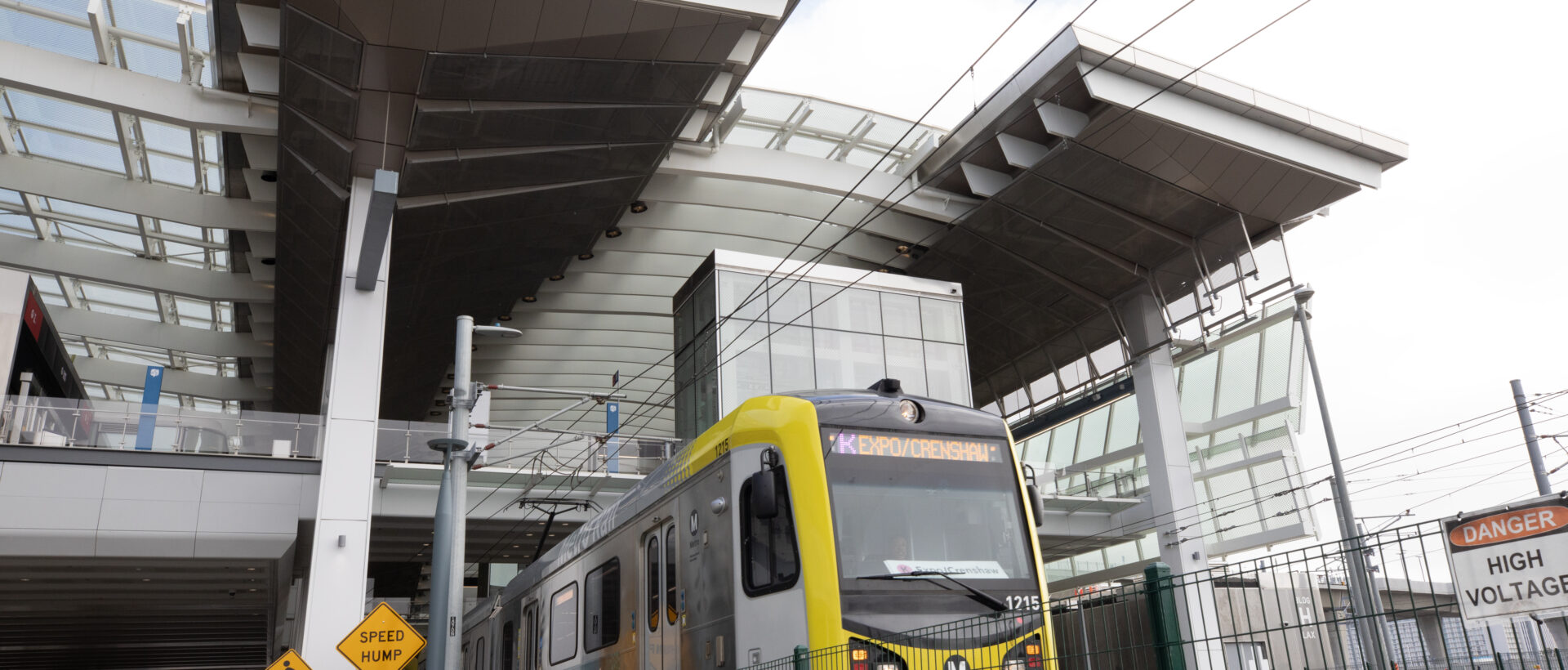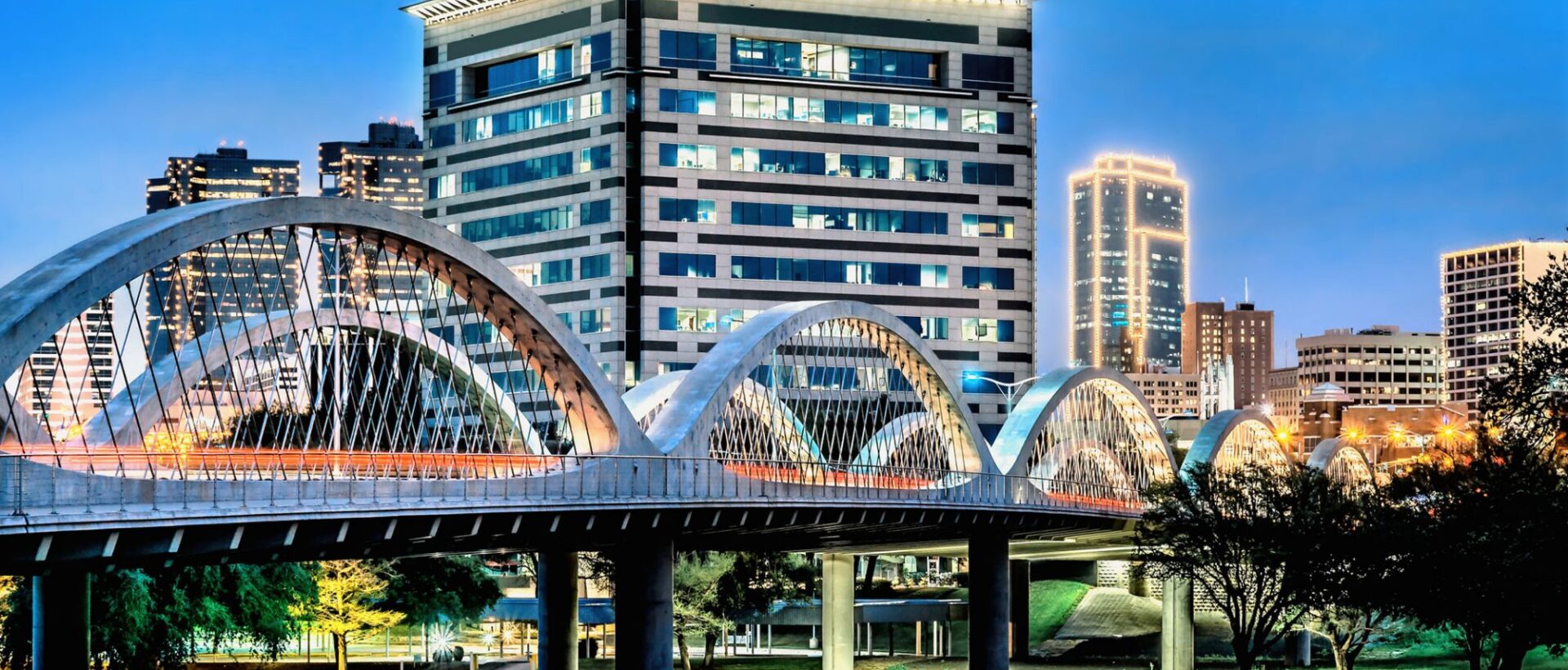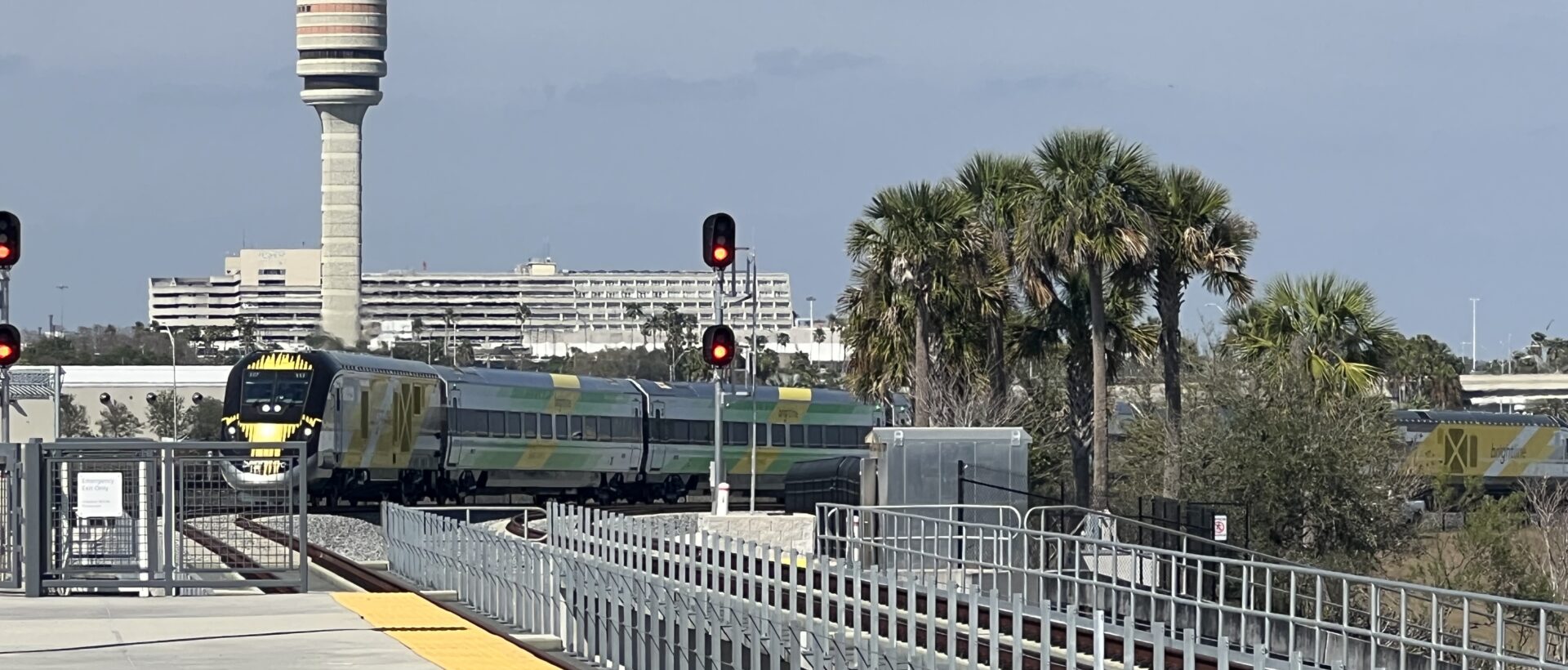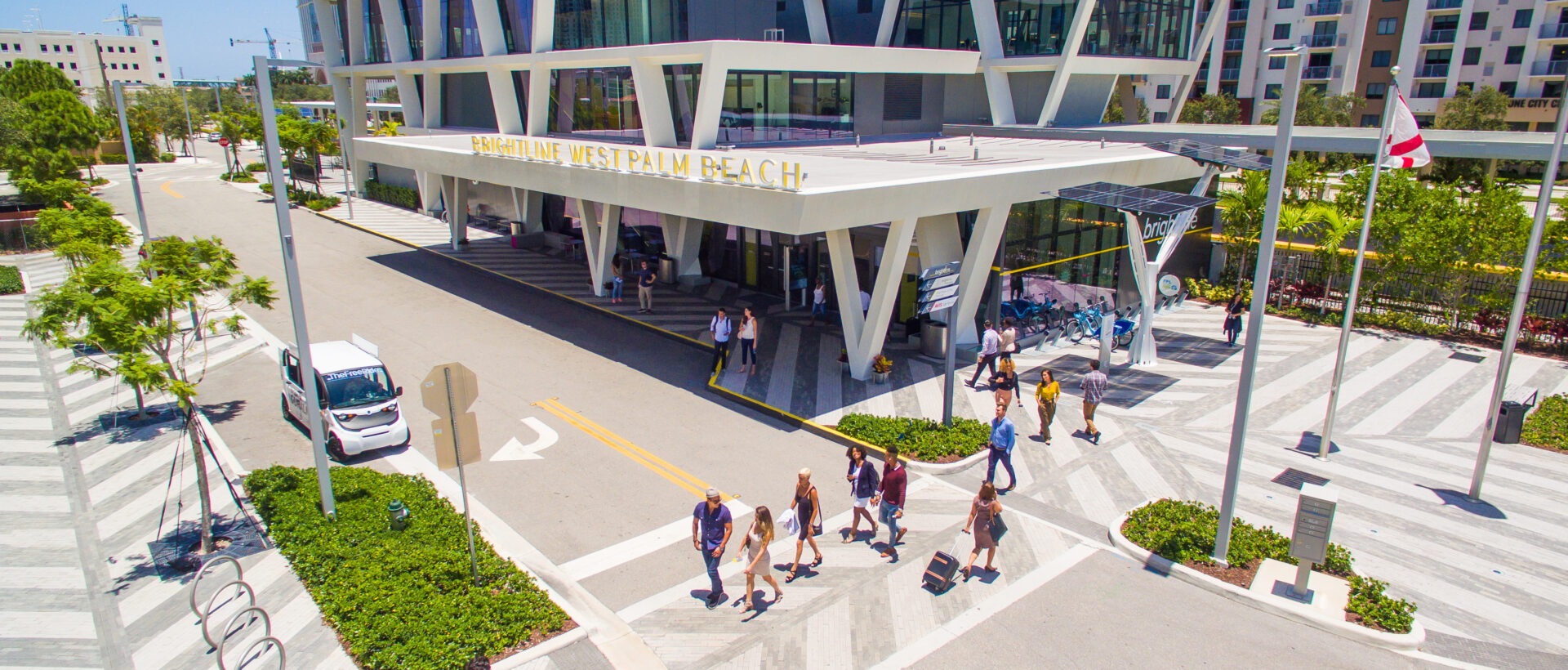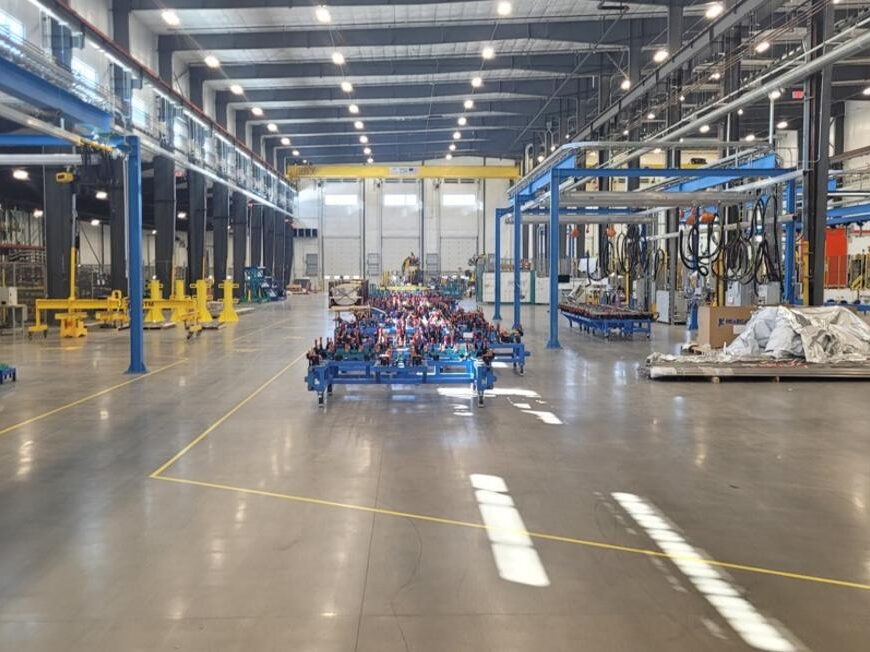Last month, I had the pleasure of attending Railway Interchange 2025, held in Indianapolis from 20–22 May. The event brought together more than 3,800 attendees from 43 countries and featured nearly 500 exhibitors, making it one of the largest gatherings of rail professionals in North America.
The event also offered a programme of educational sessions, keynote speeches, and panel discussions organised by the Railway Supply Institute (RSI). These sessions explored some of the most pressing challenges facing the US passenger rail sector and offered valuable insights into strategies for driving future growth and innovation.
Political Shifts
I flew to Indianapolis on the back of an airport and aviation conference in the UK: Sustainable Skies World Summit. Despite focusing on different sectors, it soon struck me that there were many similarities between the topics and challenges discussed at the two events.
Several panel discussions at Sustainable Skies World Summit acknowledged the increased geopolitical uncertainty in both the UK and the US, with trade tensions and populist politics reshaping priorities. Alongside a growing feeling of “sustainability fatigue,” this shift emphasised a need to focus on the economic benefits of decarbonisation, rather than solely the environmental ones.
Likewise, Railway Interchange acknowledged that the 2024 U.S. presidential election has resulted in notable changes in the political landscape, with Donald Trump returning to the White House and Republicans strengthening their presence in Congress. While the Biden Administration previously responded positively to arguments centred on climate and sustainability, those themes are now less persuasive to the new administration. As a result, to maintain federal support, the industry needs to ensure its message is framed to align with congressional interests.
This includes a specific focus on the case for rail as a tool for national growth, local opportunity, and long-term resilience, acting as a catalyst for economic development, job creation, and private-sector partnerships. In support of this perspective, the event highlighted the persuasive economic case for rail investment in the US.
Future Rail Development
To support the future of rail in the US and its economic benefits, the event also stressed the need for long-term stability that encourages investment. This remains a critical shortcoming, as illustrated by recent federal grant reversals, including the withdrawal of funding for the Texas High-Speed Rail Corridor. Such uncertainty risks undermining confidence in major infrastructure projects and slowing progress.
Indeed, although the event highlighted a growing demand for passenger rail services across the US, with Amtrak presenting its vision for a nationwide expansion plan, this reality seems a long way off. Years of underinvestment have left the sector playing catch-up, and overcoming these entrenched challenges will require more than vision alone.
Importantly, Railway Interchange didn’t just highlight the issues, it also provided a forum for exploring solutions. For example, John Robert Smith, Chairman of Transportation for America, advocated for specific legislative solutions, such as the creation of a National Equipment Leasing Pool , which could accelerate passenger rail expansion, reduce costs, and open the door to greater competition.
Looking Ahead
Overall, attending Railway Interchange 2025 left me feeling clear-eyed about the scale of the challenges ahead and encouraged by the depth of commitment within the rail industry to tackle them. The event didn’t shy away from difficult conversations, whether about shifting political winds, funding instability, or the long-term impacts of underinvestment. However, it also offered a space for practical, forward-looking dialogue.
What struck me most was the shared recognition that rail has a powerful role to play in shaping a more connected, resilient, and economically vibrant future for the US.
As someone who also engages with parallel discussions in other transport industries, I’m reminded that these issues don’t exist in isolation. The future of mobility will depend on our ability to build coalitions and reframe priorities so that high-impact projects can endure beyond election cycles and short-term political shifts.
Read more from Railway Interchange:
- Can US Rail Survive Trump’s Second Term?
- Texas Train Fare Too High for Trump – Will Private Capital Save High-Speed Rail?
- Amtrak Highlights Fleet Renewal and Service Expansion Plans
- The Economic Case for Rail Investment in the US
- Rolling Short: The Equipment Crisis Facing US Passenger Rail

